Day 1 @ INMA: Brainsnacks, success stories, socio-responsibility and branding
With an aim to delegate over newspapers across South Asia, the subjects of the conference included ' revisiting the fundamental mission of the newspaper; to impact the communities positively and serve as a vehicle to articulate national aspirations; explore the engines of growth of readership and advertising in a fast-changing economic environment; discuss the business opportunities in smaller yet profitable niches and what's right about print and building business models which will ensure the longevity of the core mission.
The event began with a key welcome address by Tariq Ansari, INMA South India President and Managing Director, Mid Day Multimedia Ltd. Ansari stressed on the importance of INMA and elaborated on its workings and agenda in India. He said, "This is the only newspaper conference which talks about advertising, marketing and the response to these branding activities of a newspaper. INMA is a great platform to network and know more about the industry.
The conference was moderated by Bharat Kapadia, Board Director, INMA South Asia and Director Lokmat. The topic of the first session of INMA was "How newspapers initiate positive change in our society'.
There was a keynote address made by Ravi Dhariwal, Vice President, INMA Worldwide and CEO, The Times of India, on the aforementioned subject. In his address Dhariwal pointed out three major challenges to the newspaper industry, mainly- challenge of readership, managing volatility and to check advertisers influence on edit.
He further added, "There are talks across the world about the impending sunset in the newspaper industry. However in India its a sunrise industry because of the coming together of positive vectors." The positive vectors he pointed out are the large population and the tremendous headroom available for circulation and readership.
Dhariwal also touched upon the occurrence of how internet is eating into print and therefore the advertisements are coming under pressure. However he further pointed out that the young readers need to be tapped as soon as possible and mobile is a big opportunity which should be invested upon eloquently.
This was followed by another session called Brainsnacks, which included three presentations by Zaheeruddin Ali Khan, Managing Editor, The Siasat Daily; Neville Bastawalla, Head - Marketing, Mid Day Infomedia Ltd, Mumbai and Matiur Rahman, Editor, Prothom Alo. The presentations revolved around the theme- "How newspapers initiate positive change in our society'.
As a major highlight of this session, a case study on "Aman ki Asha', a joint project by the Jung Group and The Times of India Group was presented by Shahrukh Hasan, Group Managing Director, Jang Group, Pakistan, and Rahul Kansal, Chief Marketing Officer, The Times of India, New Delhi. Both the speakers elaborated in the problems faced by the organizations to plan and execute the initiative on a large scale.
The first day of the conference had more to offer and the second half saw a detailed presentation of case studies based on success stories of various publications which included Vijay Karnataka, Lokmat, Rajasthan Patrika and Sakshi. The second half began with Rajesh Jain, Executive Director and Head of Media and Entertainment, KPMG, Mumbai, giving an overall view of newspaper industry and growth opportunities in India.
He said, "There are only a selected few markets that are growing globally as per newspaper industry is concerned. And India consumes 20% of all dailies sold worldwide. Print is a major contributor to the Indian media and advertising industry. India leads in advertisement spend growth in Asia Pacific, with newspaper as the key driver."
He further pointed out that growth will come from regional markets and that these markets will be able to provide a specific target market.
The address was followed by presentations of case studies. The conference was well attended and saw many progressive thoughts shared on not only the newspaper industry's basic elements but also concentrated on the branding operation in a newspaper industry.
INMA has been the provider of global best practices and marketing ideas for news media companies looking to grow amid profound market changes. INMA was instilled in 1930 and currently it has 5,000 members in more than 80 countries. | By Prabha Hegde [prabha(at)adgully.com]




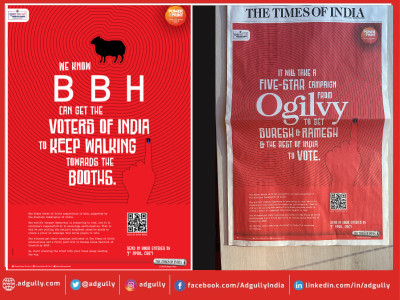
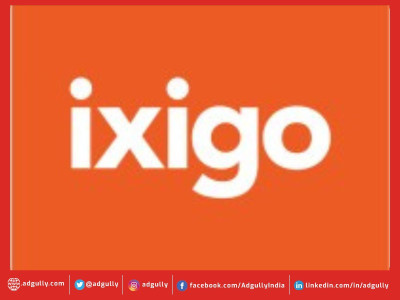
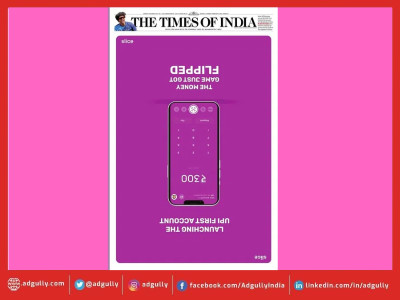






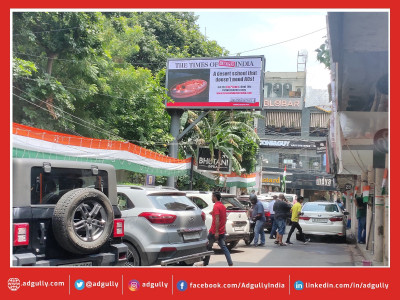
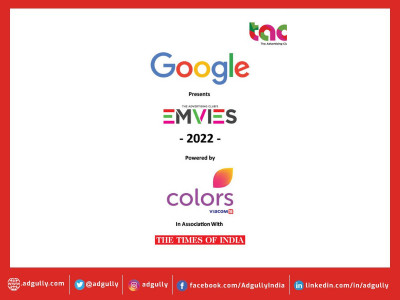



Share
Facebook
YouTube
Tweet
Twitter
LinkedIn